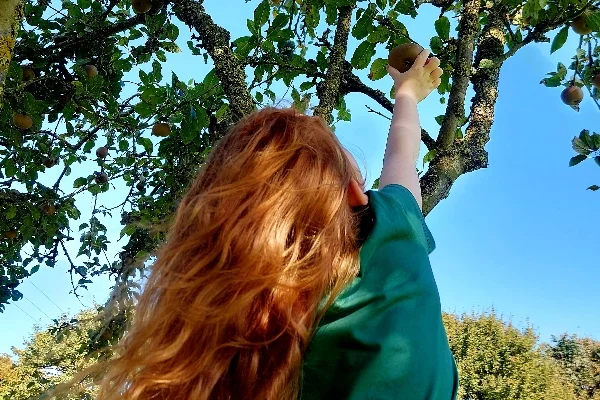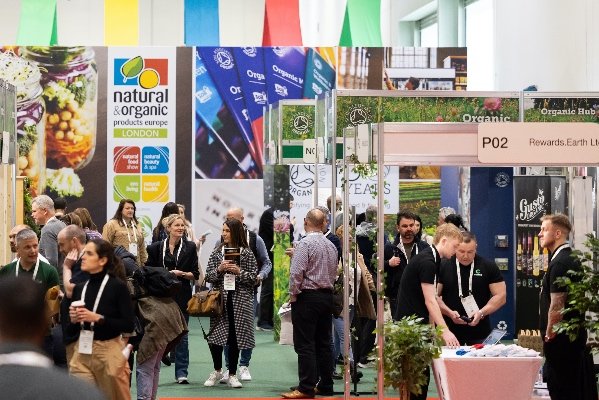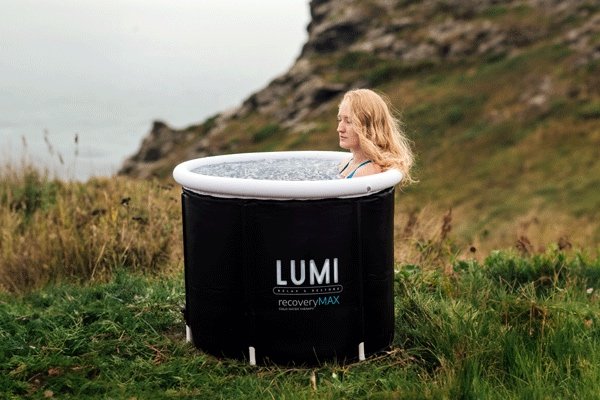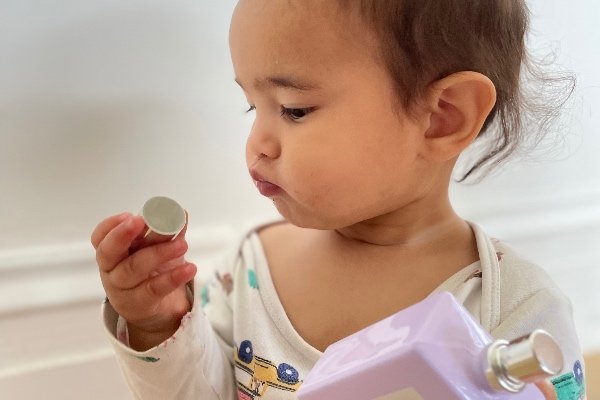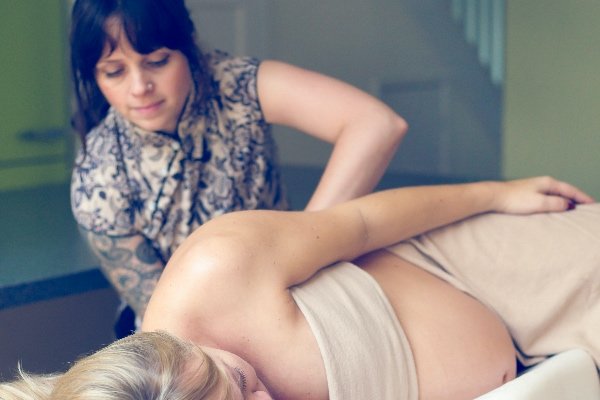Diet also plays an important role in the prevention of ‘sun side-effects’: it is very important to drink enough fresh, not cold, water (at least three litres per day, depending on levels of perspiration), and fruit juices to counteract the loss of minerals, particularly potassium. Herbal teas such as peppermint, or ordinary tea with lemon, are recommended for their ability to counteract vasodilation, which may lead to tiredness or fatigue.
Your diet should be light and rich in fresh, seasonal vegetables such as cucumber, courgettes, lettuce, peppers, rocket, spring onions and green beans – preferably eaten raw with fresh herbs. Lots of fresh fruit should be eaten, especially watermelon for its high mineral salts and water content. Peaches, apricots, figs, strawberries, cherries and blueberries are also good options. Avoid fatty foods like red or cured meat, fried food, alcohol and carbohydrates, particularly during the hottest part of the day when digestion is more sluggish and calories more easily taken on.
A good preparation for sun exposure (and to get a lovely suntan, too!) is to drink a daily glass of fresh carrot juice (high in beta-carotene) with a teaspoon of linseed oil (rich in omega-3).
The sun and its UV rays, salt from the sea, wind, excessive sweat, the tendency to stay up late at night and sleep less all contribute to increasing the oxidation and ageing of the skin in summer. Over-exposure to the sun also encourages us to squint, increasing lines around the eyes, so sunglasses with UV protection are recommended.
The artisan, luxe and 100% organic Inlight range contains skin-loving botanical extracts that are perfect for summer. The organic oils offer vital nourishing and anti-oxidant components such as ceramides, polyphenols, essential fatty acids and vitamins E and A, which counteract the effects of the elements and UV rays and help to restore the skin’s elasticity and softness. Each product is hand-crafted and bathed in the light and energy of Cornwall. Water-free, these products are super-concentrated; the alchemic synthesis of potent natural elements with subtle forces recreates the unity of life.
Dr Mariano Spiezia is Scientific Director and formulator at Cemon Homeopathics. For more information on Dr Spiezia and the alchemical processes behind his Inlight products, visit inlight-online.co.uk.
 Play Video about This Rock Might Just Save The World
Play Video about This Rock Might Just Save The World Play Video about Play 2 hours of rock
Play Video about Play 2 hours of rock Play Video about Play 2 hours of brook
Play Video about Play 2 hours of brook Play Video about Play 2 hours of sheep
Play Video about Play 2 hours of sheep


















 Solar light and UV rays stimulate many beneficial functions in our bodies, such as the production of serotonin (the ‘hormone of happiness’) and vitamin D in its active form D3, which influences the absorption of calcium. The sun and its rays also influence our circadian rhythms of sleep, help keep the skin infection-free and indirectly benefit the immune system.
Solar light and UV rays stimulate many beneficial functions in our bodies, such as the production of serotonin (the ‘hormone of happiness’) and vitamin D in its active form D3, which influences the absorption of calcium. The sun and its rays also influence our circadian rhythms of sleep, help keep the skin infection-free and indirectly benefit the immune system.





